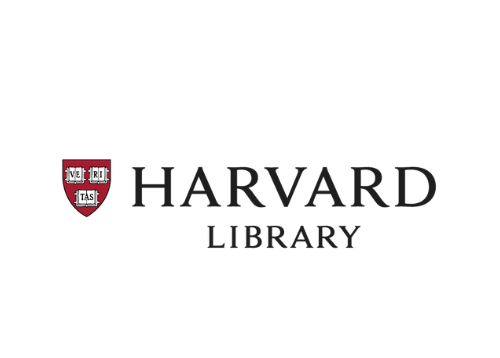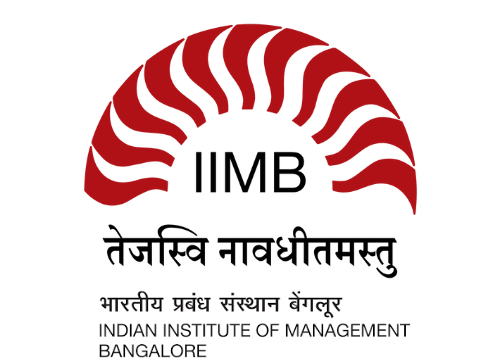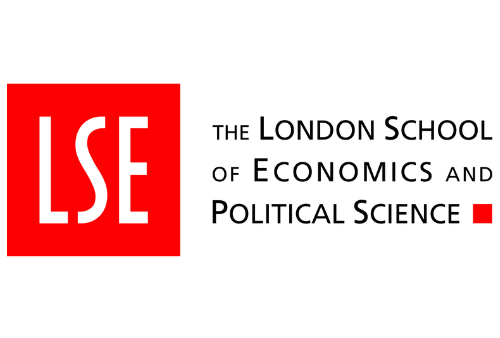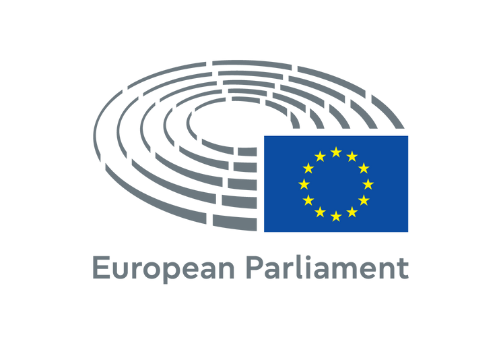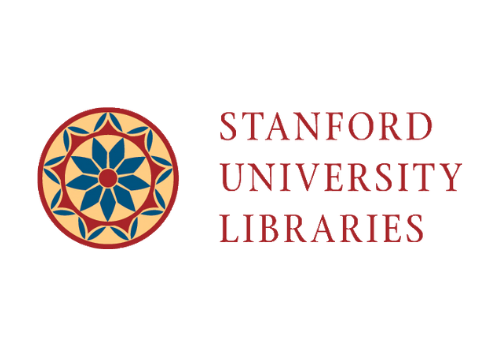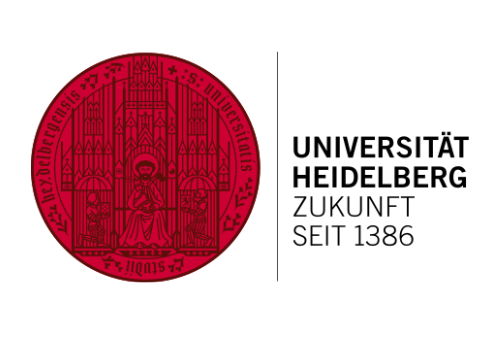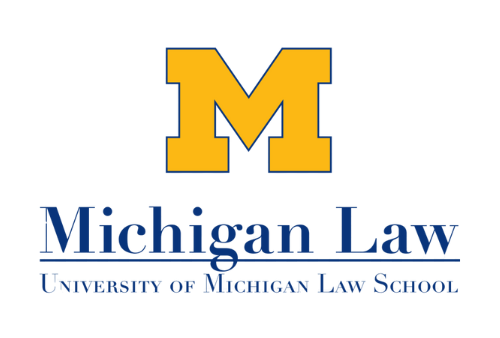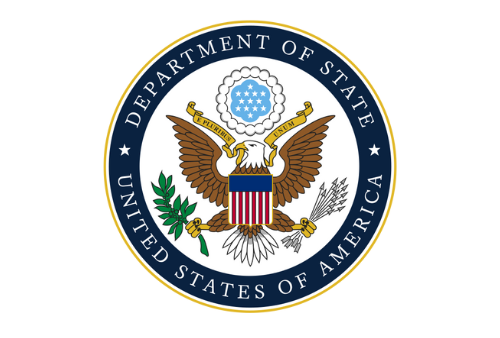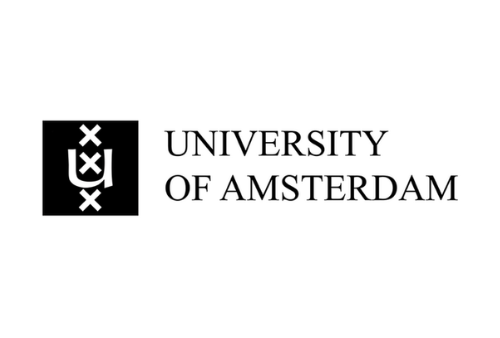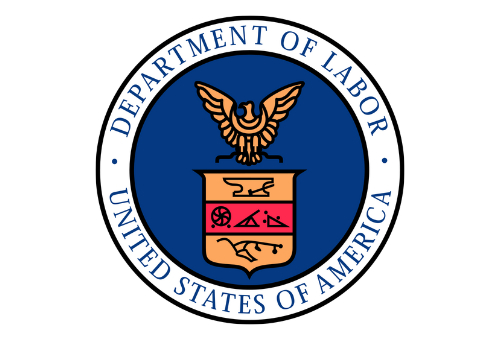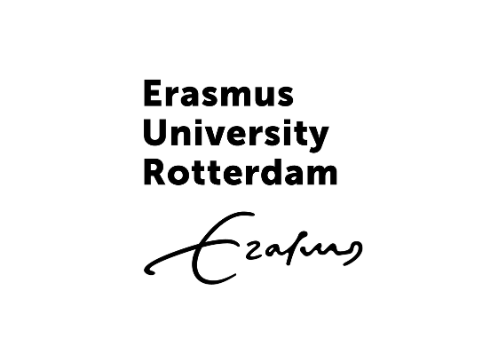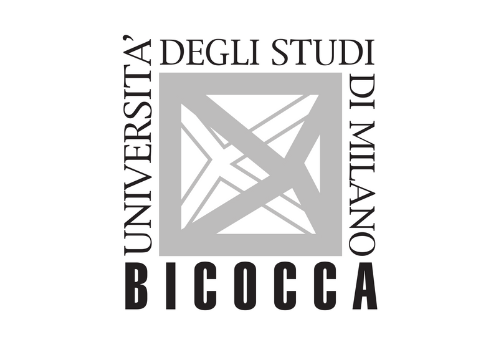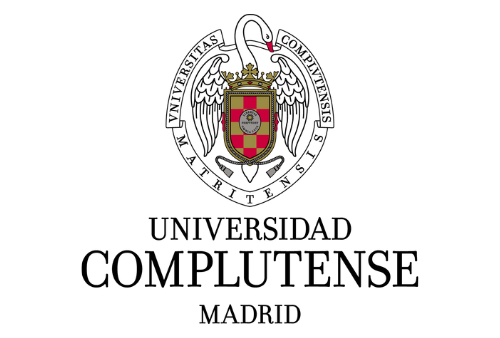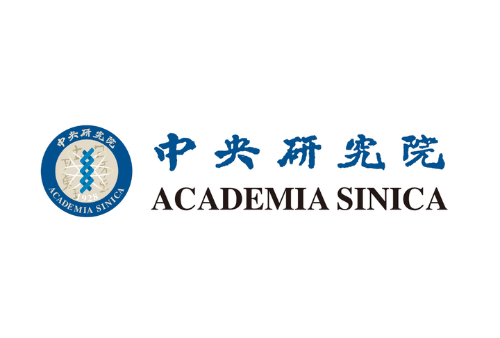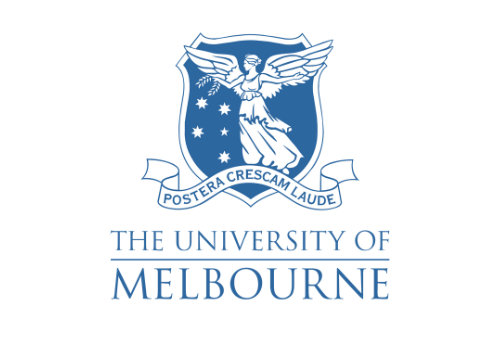JUDICIAL INDEPENDENCE UNDER POLITICAL PRESSURE: A COMPARATIVE STUDY OF INDIA AND THE UNITED STATES
Jyotiranjan Yadav, LLM Student at Lovely Professional University (India)
Judicial independence is the cornerstone of the overall working. It ensures that the judicial officers deliver judgments free from any external pressure or influence. It forms an essential part of the democracy and governance. It safeguards the fundamental principles of the rule of law. However, political influence has often posed challenges to the autonomy of the judicial working across different jurisdictions. This research paper draws comparison between the framework in India and the United States. It will help in analysing how is the judicial independence is sometimes compromised under political pressure. In both of nation the tenure or term served by any judge is fixed. The aim behind this fixing of tenure is to make institution or judiciary free from executive and legislative pressure. In India, debates surrounding judicial appointments through the collegium system, executive interference, and recent controversies highlight the tension between the judiciary and political branches. On the other hand, in the United States, the politically charged process of judicial appointments, life tenure of Supreme Court judges, and instances of ideological polarization reflects a significant struggle. The paper aims to highlight strengths, weaknesses, and lessons each jurisdiction can draw from the other, reinforcing the need for a robust judiciary capable of maintaining independence amidst growing political contestations. By comparing these two nations, the paper tries to explore how structural safeguards, constitutional principles, and judicial traditions either insulate or expose the judiciary to external interference. The analysis and conclusion aim to contribute to a broader understanding of judicial independence under political pressure and its significance for democratic stability.
| 📄 Type | 🔍 Information |
|---|---|
| Research Paper | LawFoyer International Journal of Doctrinal Legal Research (LIJDLR), Volume 3, Issue 3, Page 507–526. |
| 🔗 Creative Commons | © Copyright |
| This work is licensed under a Creative Commons Attribution-NonCommercial 4.0 International License . | © Authors, 2025. All rights reserved. |


